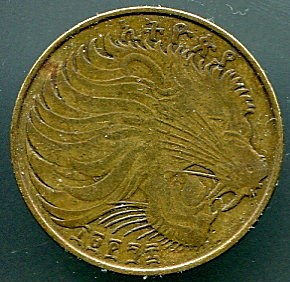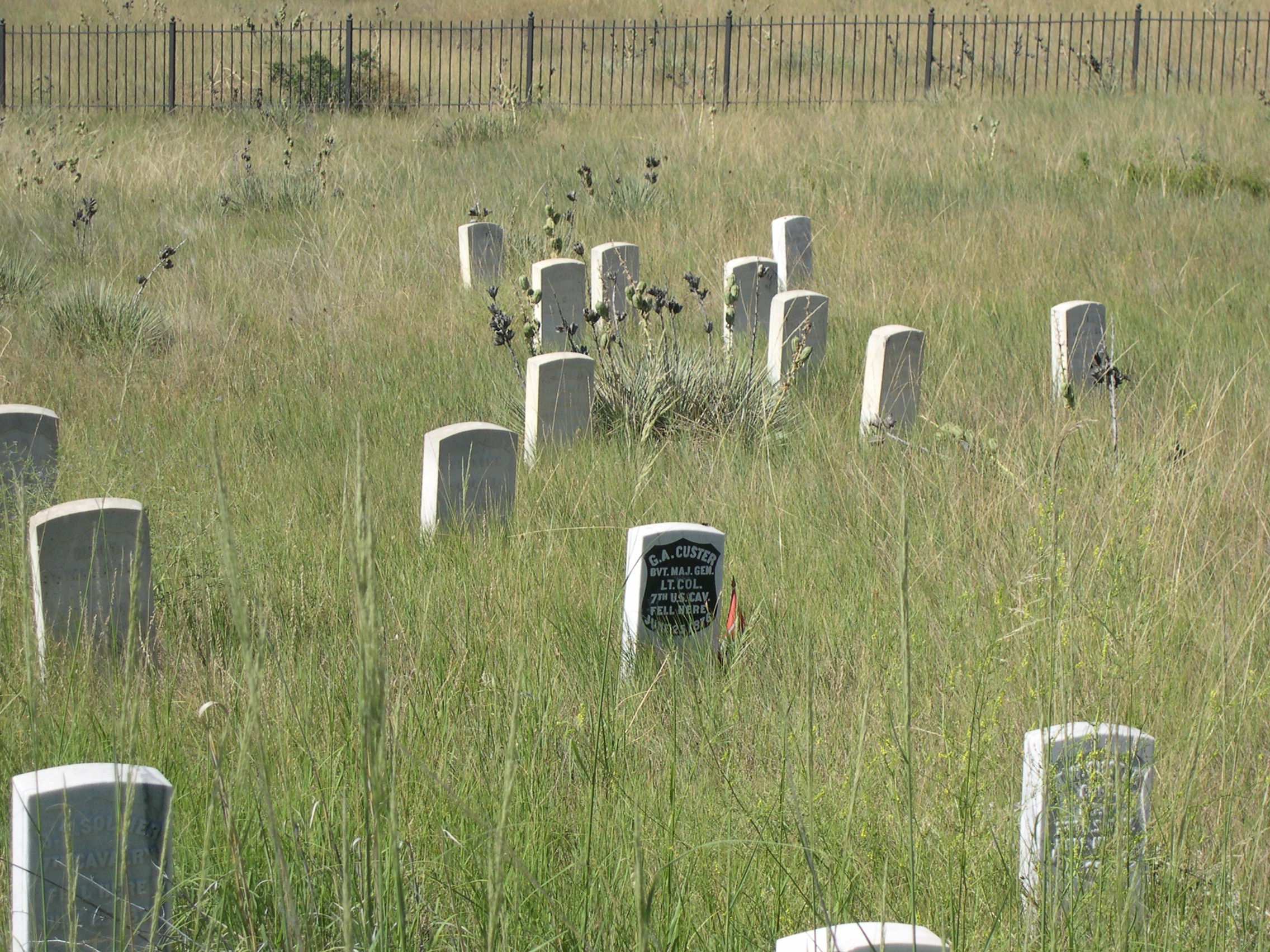A bit of meltage today, with temps around freezing, and the sunshine doing the melting where it hit snow directly. Compared with last week, the air felt good. But hard winter will be back, count on it.
Started working my way through Deadwood around New Year’s. When the show was still fairly new, the profanity put me off it. Not the profanity itself, but the fact that I considered it grossly anachronistic. Now I understand it as an intentional anachronism, done for good reasons. The show’s impressive: one that helps make the argument that now is a golden age of television, or at least the 2000s were.
Ann’s been reading Through the Looking-Glass lately, and looking for our copy of Alice’s Adventures in Wonderland, which has gone missing. Not long ago she read The Wizard of Oz. And she’s asked me to find our copies of The Hobbit and the first Harry Potter book, so she can read them. The kid’s got some kind of bug.
I have an ambition to scan more coins, specifically those I’ve encountered lately that don’t feature any Roman letters or even Arabic numerals. In the old days, it was a chore figuring out the origin of coins like that, so much so that for some time as a youngster I had a 1 yen coin that I thought was a 1 yuan coin. These days, all it usually takes is a focused Google search.
But I’ve alternately been too busy and too indolent to do much coin-scanning. I did get around to this one. Forgot to check the box that would correct for dust (the scanner’s got some impressive features for a cheaper model; guess the tech’s improving).
 It’s a well-worn brass 10 santim piece from Ethiopia. 100 santim = 1 birr. The lion, I suppose, is the Lion of Judah.
It’s a well-worn brass 10 santim piece from Ethiopia. 100 santim = 1 birr. The lion, I suppose, is the Lion of Judah.



